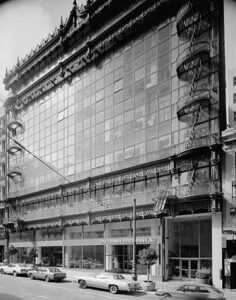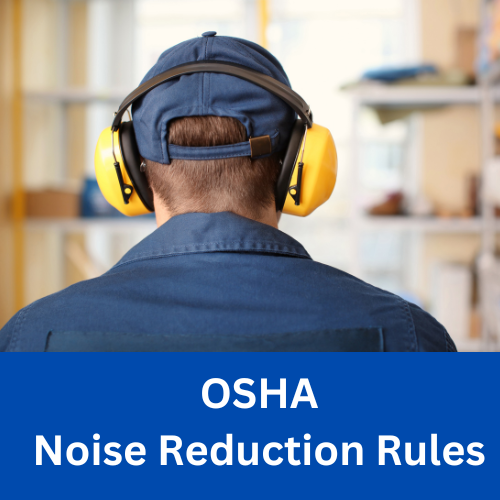As discussions around the housing crisis intensify, governments at every level aresearching for creative and…

Curtain Wall Systems: Peak Into the Manufacturing Process
Curtain wall (sometimes called curtainwall) refers to any cladding system that is “hung” from a structural frame. Because it is nonstructural, it can be made of a variety of lightweight material which reduces construction costs. Typically, curtain walls are comprised of aluminum frames with glass insets. The use of glass as the curtain wall has the advantage of allowing natural light to penetrate the interior of a building.

The earliest known glass curtain wall is the Halladie Building in San Francisco, designed by Willis Polk in 1917. Early curtain wall designs were known as “stick systems.” Framing pieces, most often linear aluminum extrusions called mullions, were fabricated and attached individually to the building. In a push to improve overall quality and speed up the construction process, curtain walls are now manufactured and partially assembled offsite. Prefabricated curtain wall systems are typically referred to as “unitized” systems by the construction industry.
The unitized curtain wall manufacturing process can be broken down into fabrication and assembly. Fabrication includes all of the processing of components and materials that will be needed to assemble the units. Aluminum extrusions play a critical role in the assembly of curtain wall systems, so a large portion of the fabrication process is devoted to them. Extrusions might need to be cut, drilled, notched or grooved. Wakefield Equipment recommends the use of automated cutting machines, like TigerStop, for processing extrusions with precision. Glass components are usually custom ordered, so no additional processing is needed during fabrication.
The assembly process occurs when the units are created by attaching the various fabrication components together, such as the aluminum extrusions and glass insets. Silicone sealant and structural silicone is then applied to adhere and/or seal the panel materials within the frame. The units are then cleaned and carefully packed for shipping to the building site.
While this high level overview makes it sound like an easy job, the curtain wall production process requires a high level of skill and the right manufacturing equipment in place to ensure both a quality product and the safety of workers. Wakefield Equipment has the experience to help create an ideal flow of materials through your shop floor. Typical recommended machines for curtain wall production include:
- Transfer tables and conveyors, for easing the burden of moving extrusions and glass throughout the shop floor
- TigerStop, for ensuring every extrusion is cut precisely to the length required
- CNC Machining and hydraulic press equipment, for processing aluminum extrusions
- Racks and tilt tables, reducing labor needs and costly breakages
- Custom built casement assembly rack allows for easy and accurate squaring
Glass curtain walls allow an architect to make a dramatic statement in the design of a building. For all its beauty, the curtain wall is a major engineering undertaking. The entire curtain wall manufacturing process requires an experienced team and the right equipment on the manufacturing floor.
Call Wakefield Equipment for a custom quote designed to fit your manufacturing needs.



